| Plant Habit: | Tree |
| Life cycle: | Perennial |
| Sun Requirements: | Full Sun |
| Water Preferences: | Mesic Dry Mesic Dry |
| Soil pH Preferences: | Neutral (6.6 – 7.3) Slightly alkaline (7.4 – 7.8) Moderately alkaline (7.9 – 8.4) |
| Minimum cold hardiness: | Zone 3 -40 °C (-40 °F) to -37.2 °C (-35) |
| Maximum recommended zone: | Zone 8b |
| Plant Height: | 60 to 80 feet (18-24m) |
| Plant Spread: | 60 to 80 feet (18-24m) |
| Leaves: | Deciduous |
| Fruit: | Showy Other: 12 to 18 inch long, flat pod |
| Fruiting Time: | Late summer or early fall |
| Flowers: | Showy Fragrant |
| Flower Color: | Green Other: Cream to greenish-yellow or greenish-white |
| Bloom Size: | Under 1" |
| Flower Time: | Late spring or early summer |
| Underground structures: | Taproot |
| Suitable Locations: | Street Tree Xeriscapic |
| Uses: | Shade Tree Useful for timber production |
| Resistances: | Deer Resistant Pollution Drought tolerant Salt tolerant |
| Pollinators: | Various insects |
| Miscellaneous: | Tolerates poor soil With thorns/spines/prickles/teeth |
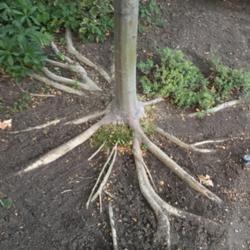

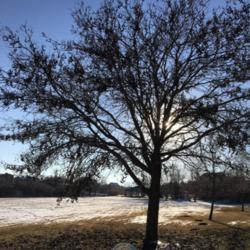
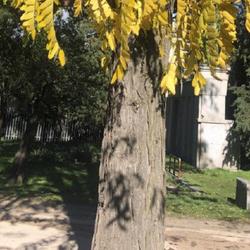



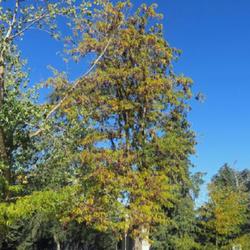
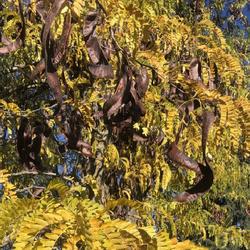


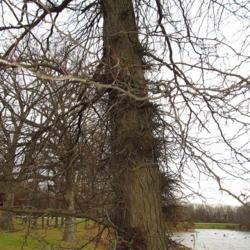
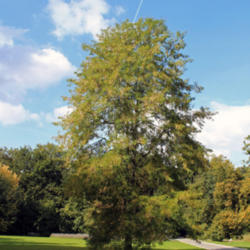
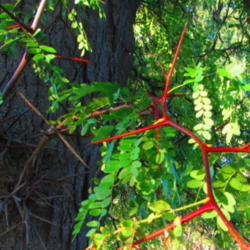
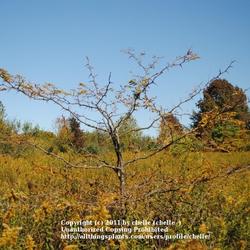

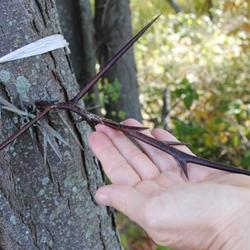
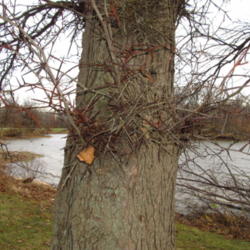
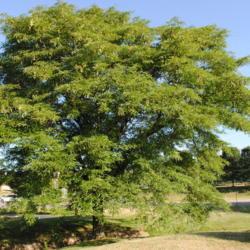


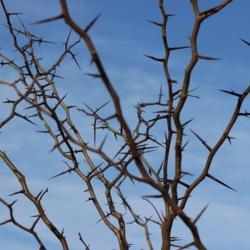
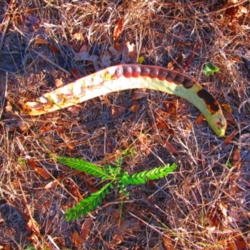
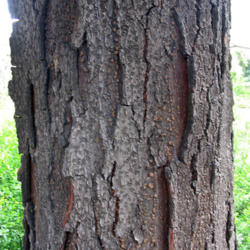

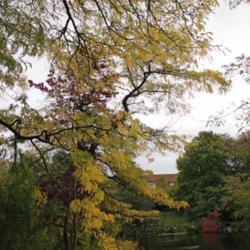

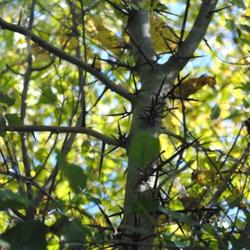
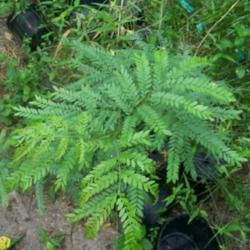
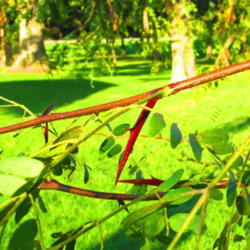
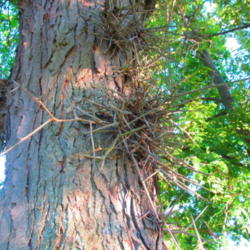


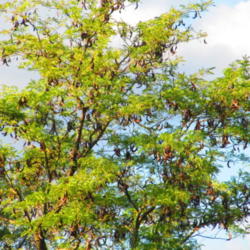


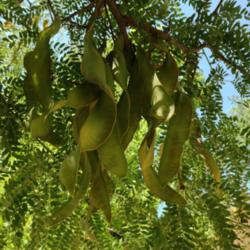
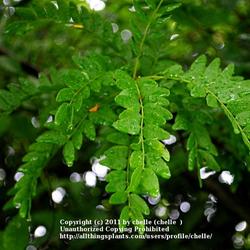
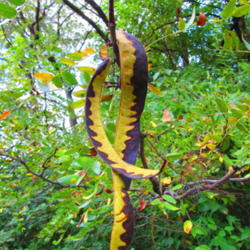

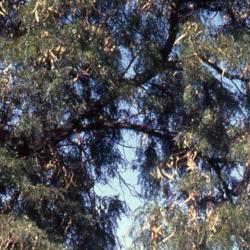
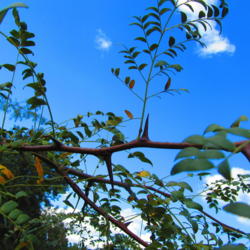
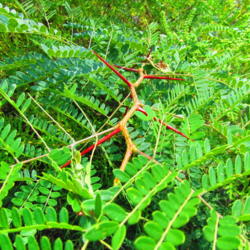
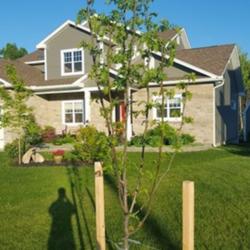
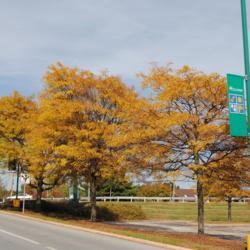
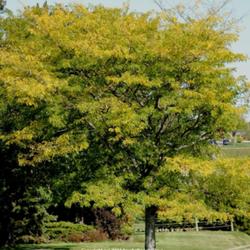
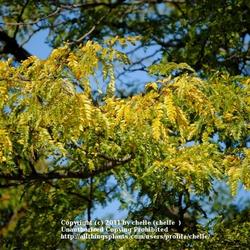
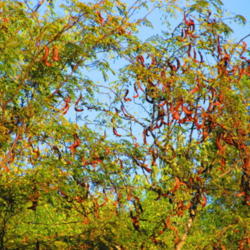

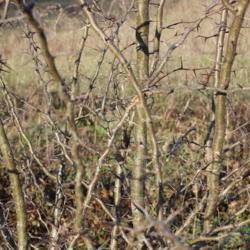
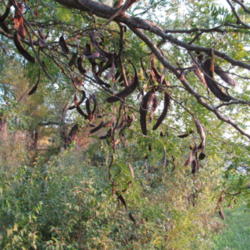
| AndreA33 | On April 29, 2016 | Seeds germinated |
| AndreA33 | On April 3, 2016 | Seeds sown |